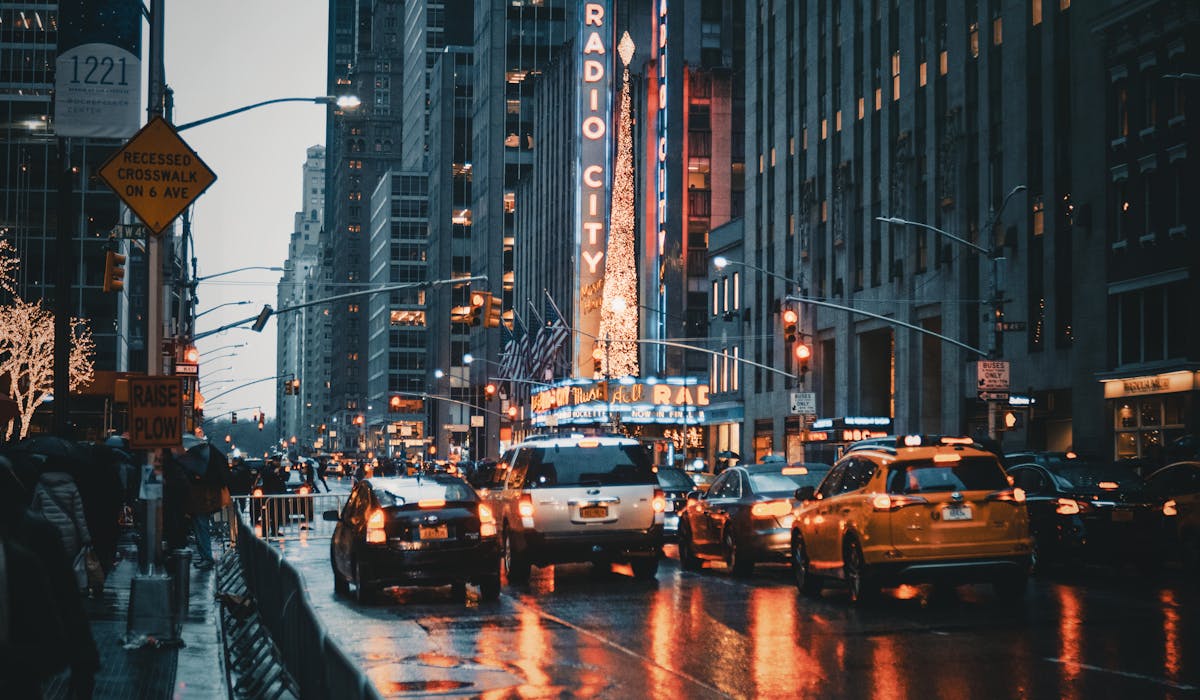Get This Report about Framing Streets
Get This Report about Framing Streets
Blog Article
The 2-Minute Rule for Framing Streets
Table of ContentsThe 5-Minute Rule for Framing StreetsFascination About Framing StreetsThe Ultimate Guide To Framing StreetsSome Known Facts About Framing Streets.Not known Incorrect Statements About Framing Streets Framing Streets Fundamentals Explained
Digital photography genre "Crufts Canine Program 1968" by Tony Ray-Jones Street photography (likewise often called candid digital photography) is digital photography carried out for art or questions that features unmediated chance encounters and random cases within public areas, normally with the objective of recording images at a crucial or touching minute by mindful framing and timing. 
His boots and legs were well specified, yet he is without body or head, because these were in movement." Charles Ngre, waterseller Charles Ngre. https://www.dreamstime.com/davidturley33101_info was the initial digital photographer to achieve the technological elegance called for to register people in motion on the road in Paris in 1851. Digital Photographer John Thomson, a Scotsman working with journalist and social protestor Adolphe Smith, released Street Life in London in twelve month-to-month installations starting in February 1877
The Ultimate Guide To Framing Streets
Eugene Atget is considered as a progenitor, not because he was the first of his kind, however as a result of the popularisation in the late 1920s of his document of Parisian roads by Berenice Abbott, that was influenced to embark on a comparable paperwork of New York City. [] As the city developed, Atget aided to advertise Parisian roads as a worthwhile subject for photography.

Framing Streets Fundamentals Explained
The chief Mass-Observationists were anthropologist Tom Harrisson in Bolton and poet Charles Madge in London, and their very first report was created as guide "May the Twelfth: Mass-Observation Day-Surveys 1937 by over two hundred onlookers" [] Home window cleaner at Kottbusser Tor, Berlin, by Elsa Thiemann c. 1946 The post-war French Humanist School digital photographers found their subjects on the street or in the diner. In between 1946 and 1957 Le Groupe des XV annually displayed job of this kind. Andre Kertesz. Circus, Budapest, 19 May 1920 Road digital photography developed the significant web content of two exhibitions at the Museum of Modern Art (Mo, MA) in New York curated by Edward Steichen, Five French Photographers: Brassai; Cartier-Bresson, Doisneau, Ronis, Izis in 1951 to 1952, and Post-war European Photography in 1953, which exported the idea of street digital photography worldwide.

Framing Streets for Dummies
, after that a teacher of young kids, connected with Evans in 193839.'s 1958 book,, was considerable; raw and typically out of focus, Frank's photos examined conventional digital photography of the time, "tested all the official rules laid down by Henri Cartier-Bresson and Walker Evans" and "flew in the face of the wholesome pictorialism and wholehearted photojournalism of American magazines like LIFE and useful site Time".
Report this page